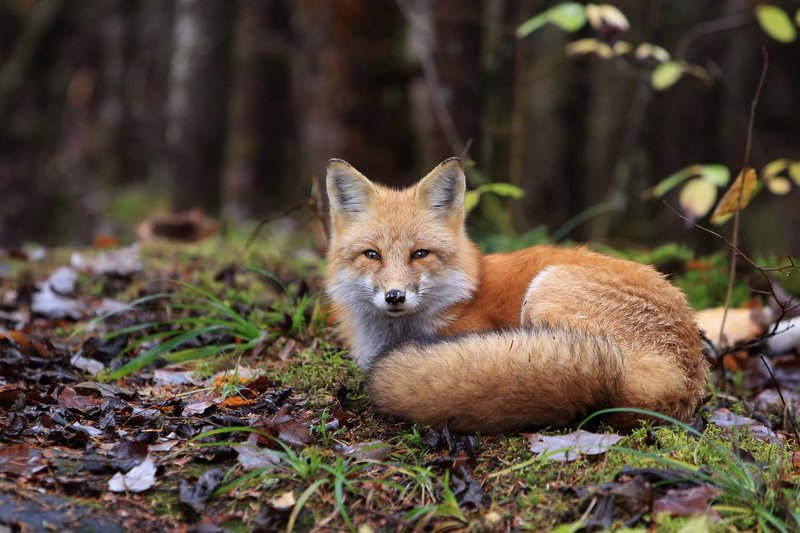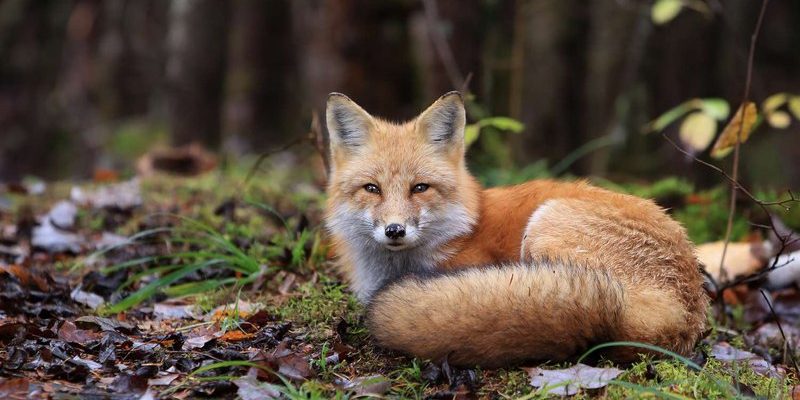
So, what makes red foxes so special? It’s not just their striking reddish fur or bushy tails. These animals possess astonishing flexibility and resourcefulness that allow them to survive in harsh environments, from frozen tundras to arid deserts. Let’s dive deeper into the world of red foxes and discover their survival strategies.
Adaptability: The Key to Survival
When you think about it, adaptability is like having a toolbox full of keys. Each key works in a different lock, helping you get through challenges. Red foxes are masters of this skill. They can modify their behaviors and habitats to fit the conditions they face. Whether it’s extreme cold or sweltering heat, these cunning canines adjust their hunting patterns and shelter choices accordingly.
For instance, during winter months, red foxes grow thicker fur to insulate against the biting cold. They often hunt at dusk or dawn, known as crepuscular behavior, when prey is more active. In contrast, in hotter climates, like the deserts of the American Southwest, they may become nocturnal, hunting primarily at night to avoid the daytime heat. This flexibility in behavior allows them to maximize their hunting success no matter where they are.
Diet: A Diverse Menu
You might be wondering, “What do foxes eat in these tough environments?” Here’s the thing: red foxes are opportunistic feeders. This means they don’t stick to one type of food; instead, they eat what’s available. This diverse diet helps them thrive in different habitats, much like how we might try new recipes with whatever ingredients we have in our kitchens.
In harsh environments, red foxes feast on a variety of foods, including:
- Small mammals like rabbits and rodents
- Birds and their eggs
- Insects and even fruits like berries
- Leftover food from humans, if they can find it
By being flexible in their dietary choices, red foxes ensure they can find something to munch on no matter where they roam. It’s a bit like being a buffet lover—if one dish isn’t available, there’s always something else to try!
Hunting Techniques: Stealthy Strategies
Imagine trying to sneak up on your favorite snacks without anyone noticing—that’s how red foxes approach hunting. They are stealthy, patient, and use their incredible senses to locate food. Their keen hearing allows them to detect the sounds of small animals rustling in the underbrush, even from a distance.
One fascinating technique red foxes use is called “mousing.” They stalk quietly, then pounce on their prey, often jumping high into the air before landing on their unsuspecting meal. This method proves effective in snow-covered landscapes, where the fox can easily spot critters hiding beneath the snow. It’s all about using the environment to their advantage.
Shelter: Creating Safe Havens
Red foxes are resourceful when it comes to finding shelter. They often dig burrows or take over abandoned dens from other animals. Think of them as expert interior decorators—using whatever materials are available to create a cozy home. In forested areas, they might nest in hollow logs or dense shrubs, while in urban settings, they can adapt by using sheds, garages, or even under decks.
In harsh environments, finding the right shelter is crucial. It protects them from harsh weather, provides safety from predators, and offers a space for raising their kits (baby foxes). The ability to adapt their homes is a big part of what helps red foxes survive and thrive.
Social Behavior: Communal Living
You might picture red foxes as solitary creatures, but they can also be quite social. They often live in small family groups or pairs, especially during breeding season. This social structure can be beneficial in tough environments. Working together allows them to hunt more effectively, protect each other, and raise their young in a safer setting.
In the wild, these family units communicate through barks, screams, and other vocalizations. It’s like their own form of language that helps them stay connected. For instance, when a fox spots danger, it can vocalize to alert the rest of the group. This communal support system plays a vital role in their survival.
Climate Resilience: Thriving in Extremes
Climate change is a significant concern for many wildlife species, but red foxes show remarkable resilience. They’ve adapted to shifting temperatures, changing habitats, and fluctuating food sources. Their ability to thrive in various climates, from icy tundras to warm deserts, showcases their flexibility.
As conditions change, red foxes might expand their territories in search of food and shelter. They are a bit like adventurers, always exploring new frontiers. For example, when their usual habitat becomes inhospitable, they might migrate to areas where conditions are more favorable. This type of resilience is key to their survival.
Red foxes are more than just cute animals you might see while hiking or in a park. They embody resilience and adaptability, showing us how survival is about being resourceful and flexible. From their diverse diets to their clever hunting tricks, these foxes teach us valuable lessons about adjusting to our surroundings.
As climate changes and habitats shift, understanding how red foxes survive in harsh environments allows us to appreciate them even more. So, the next time you see a red fox, take a moment to think about the incredible journey they’ve made to thrive in their world. Just like us, they’re all about making the most of what they have.

